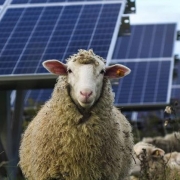When we think about the energy transition, the first images that come to mind might be of roofs covered with solar PV panels, a windfarm – either on land or in the sea – or maybe even electric vehicles. But one technology is often overlooked and underfunded: solar thermal, which is used for harnessing solar energy to generate heat for use in industry, and in the residential and commercial sectors. At a time when the EU is planning to make Europe independent from Russian fossil fuels before 2030, experts in solar thermal energy emphasise the importance of including this technology into the energy mix.
Following the invasion of Ukraine, the case for a rapid, clean energy transition has never been stronger and clearer. The EU imports 90 per cent of its gas consumption, with Russia providing around 45 per cent of those imports in varying levels across Member States. The EU initiative REPowerEU will seek to diversify gas supplies, accelerate the green transition and replace gas in heating and power generation.
Click here to read the full article
Source: Climate-KIC
—
If you have any questions or thoughts about the topic, feel free to contact us here or leave a comment below.

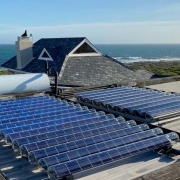
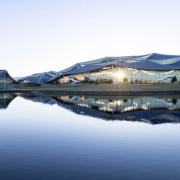
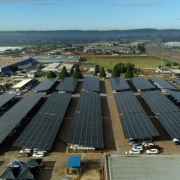
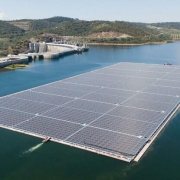
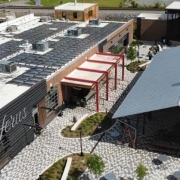
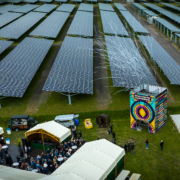
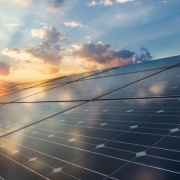
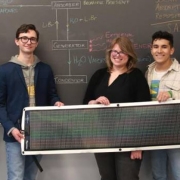
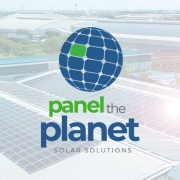 Panel The Planet
Panel The Planet